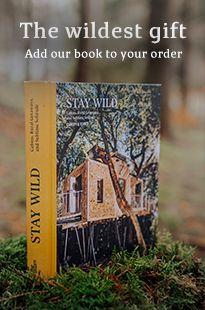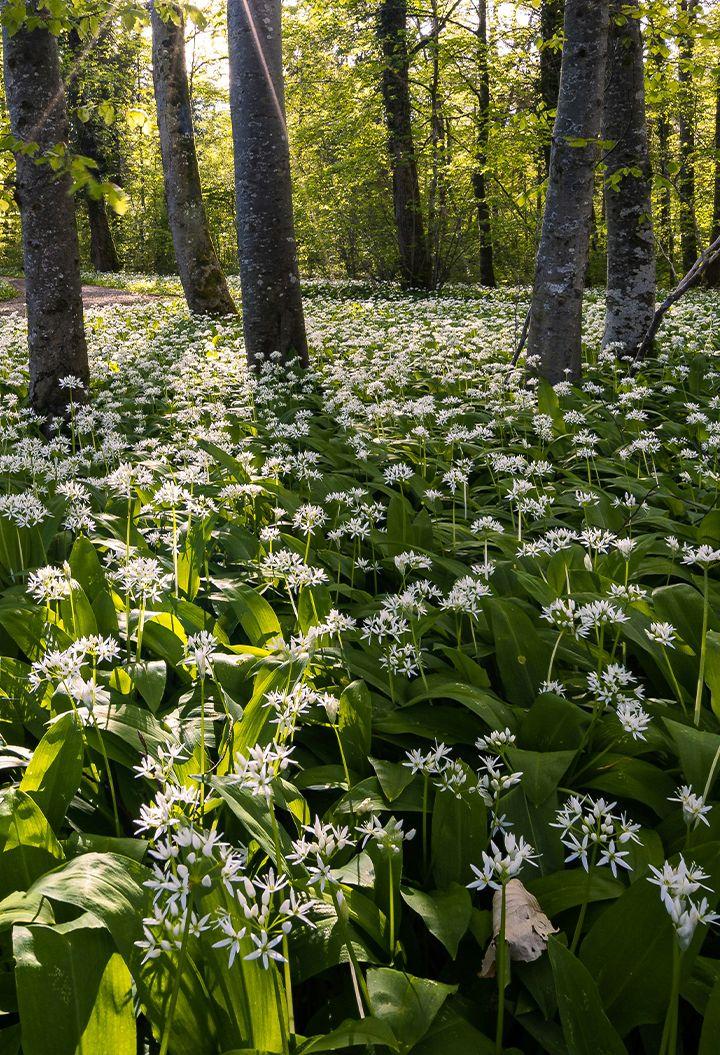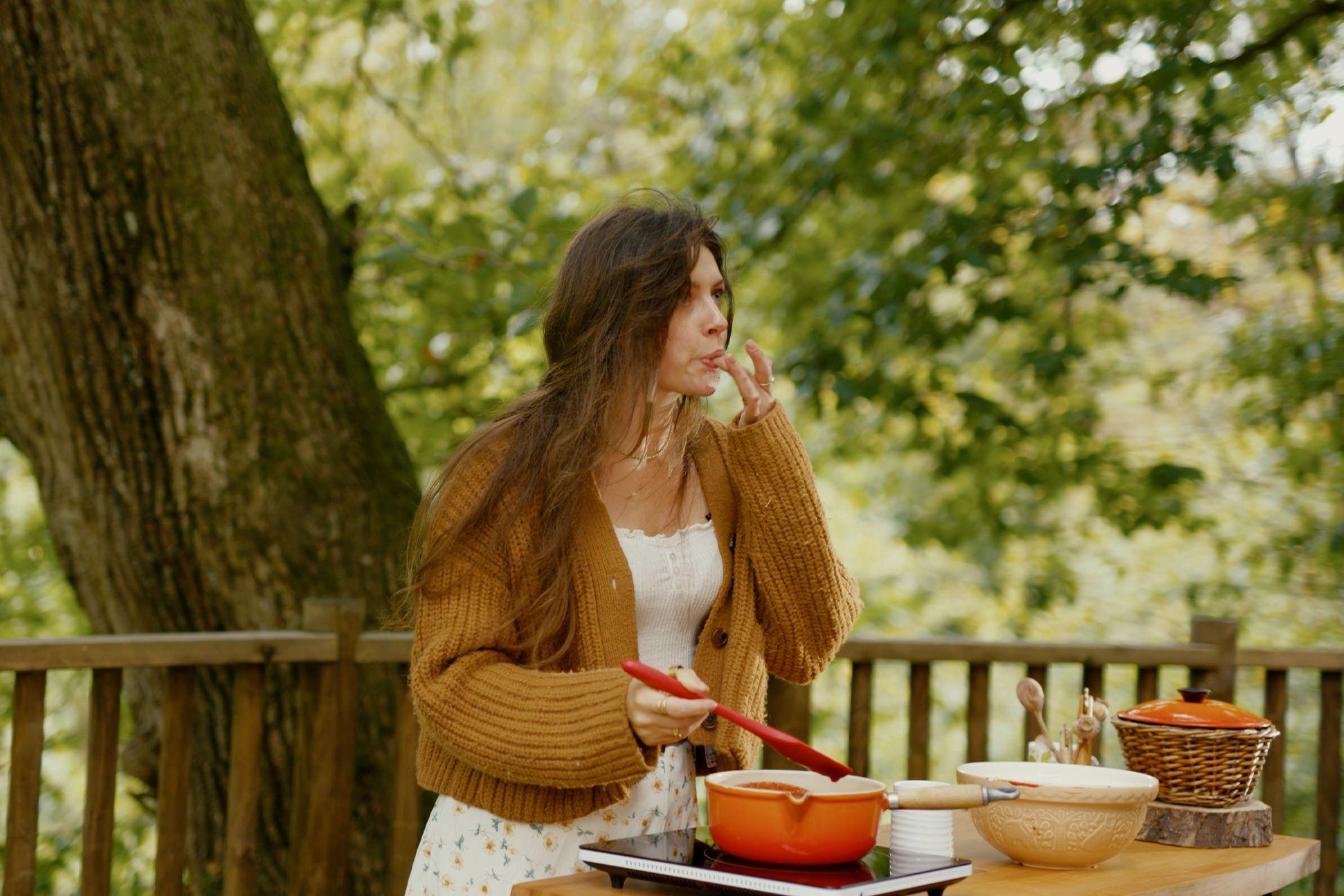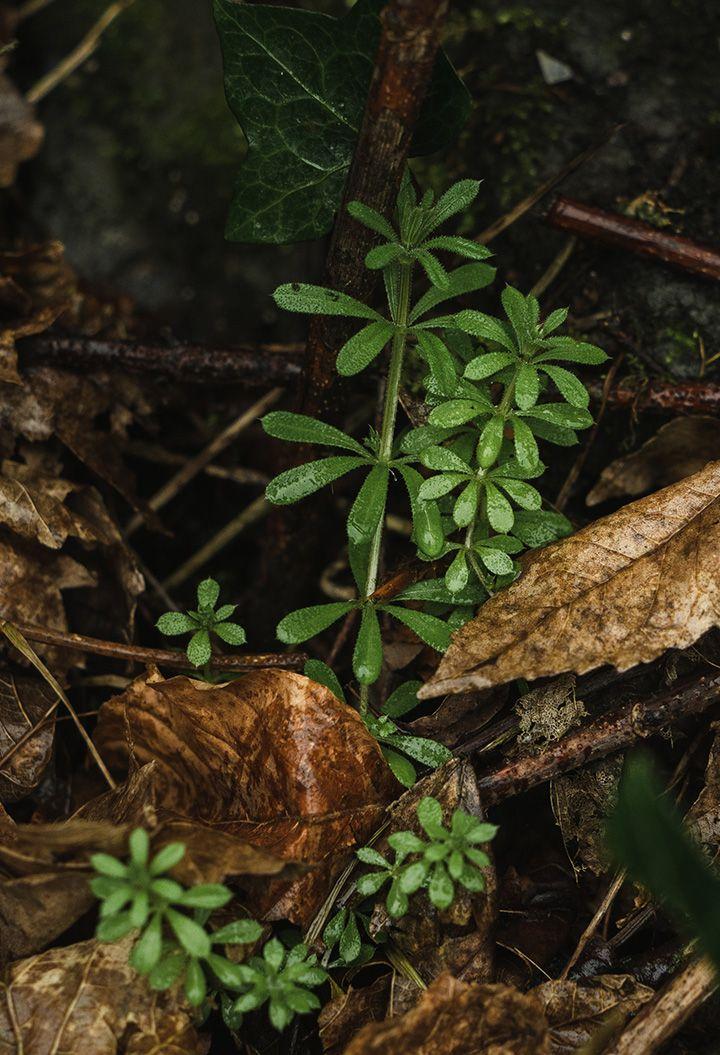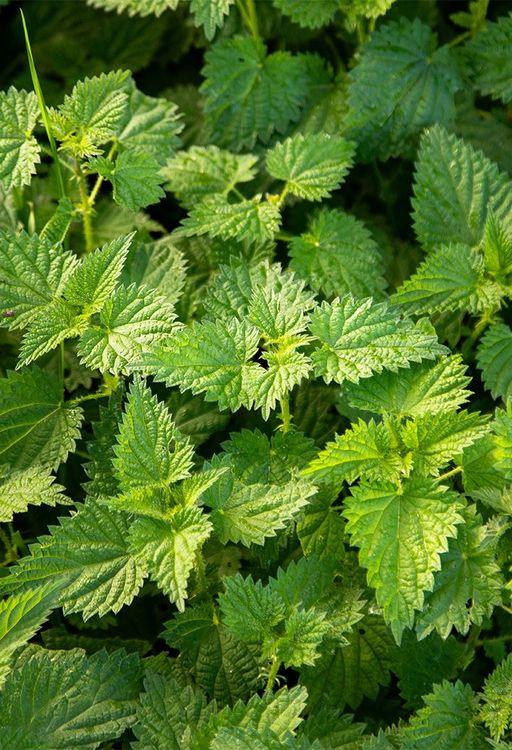
We wanted to see if it was possible to only eat stinging nettles for a full day
When your manager tells you to ‘go eat nettles for a day’, you have to ask yourself, ‘has the standard of my work dropped?’ or ‘is this the new quiet firing? Will I be forced to eat various painful items until I give in? What next? Sellotape for a morning? Gravel for lunch?’. Or is this something I have to bring up with HR… was this in the fine print of my contract? As it turns out, it was in fact, a sincere ask.
But the more I looked into it, the more it seemed intriguing. Vitamin rich, abundant and free – and as far as I could recall – available basically everywhere in green spaces. And with a quick google, it turns out, incredibly versatile, with a slew of recipes available to choose from. Whilst everyone’s fighting tooth and nail for wild garlic, were they missing a trick with this wonder ingredient that’s easy to find, prepare and use? Can anyone do it? So with the challenge of fitting it into every meal of the day – if a novice like me could – well they might just be the ultimate foraged ingredient.
The where, when and how
At the time of writing (the end of march), nettles are just beginning to sprout, so whilst their flavour profile is at its best, they are sparsely populated throughout the countryside, and still very young – and small.
This means following the best practises for foraging is even more important. Partly for the preservation of the plant, you’ll want to take the top third of the plant, leaving the rest to allow it to continue to grow undamaged. Nettles have a similar flavour to spinach, but as summer goes on, the plant continues to grow and gains in size, the stalk (and older leaves), will gain a woodier, less appetizing flavour.
The foraging season for nettles ends when the nettles go to flower, as it begins to produce calcium carbonate (cystoliths) which can be bad for your liver and kidneys. It is obvious, however, when they’re flowering, so you won’t have to worry much about that – and there’s a good three-month window whilst they’re great to pick.
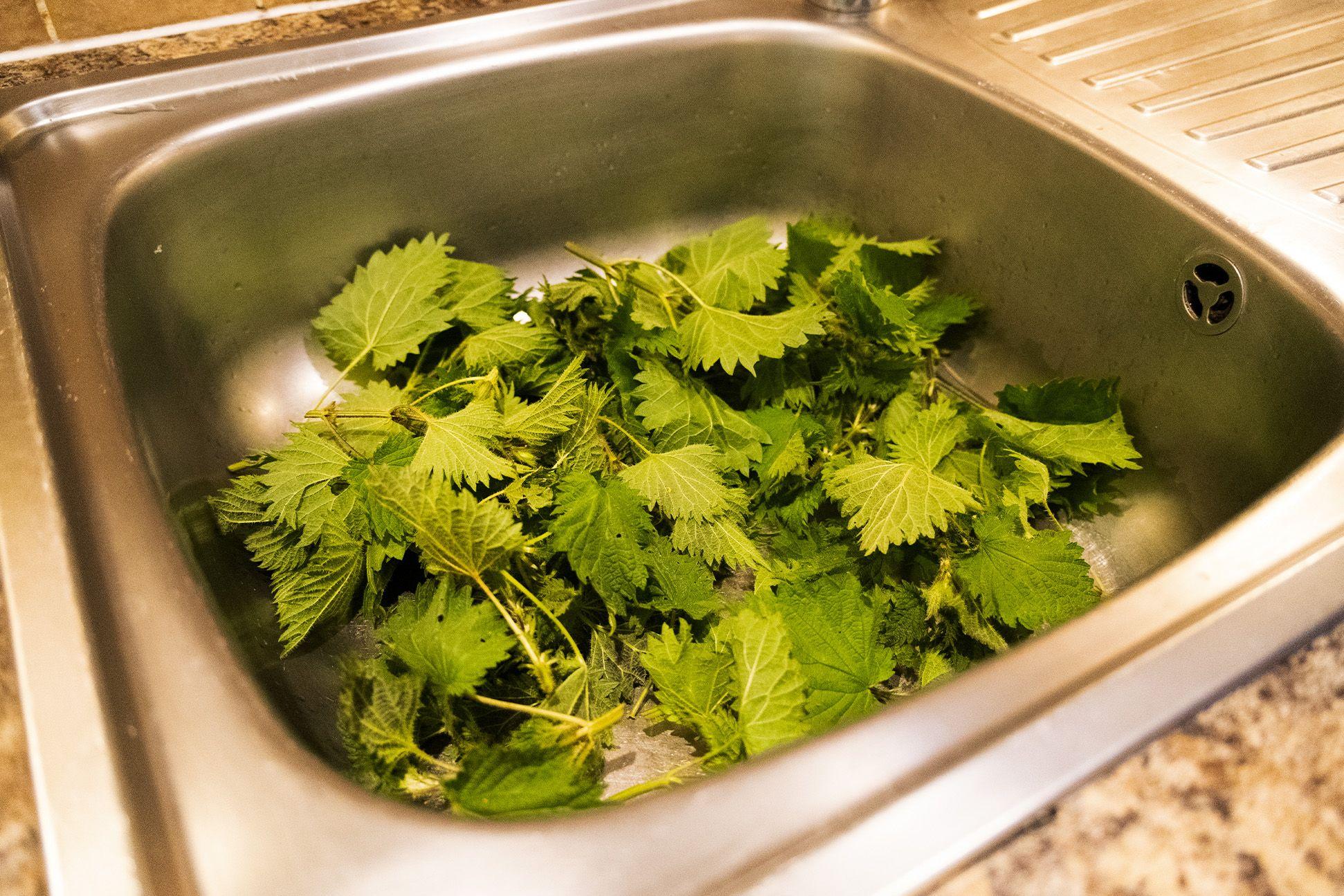
PPE & me
To go foraging, you’ll need a minimum of a few items. You’ll need: gloves (unless you’re feeling brave), something to cut the stalks (you could just pluck, but it’s awkward and may damage the plant), and a bag to put them in (you’d look deranged carrying a bunch under one arm).
Identification should be pretty easy, as you very likely know what you’re looking for. Even the most seasoned city slicker should have a pretty firm memory about getting stung. A top tip here, is to forage somewhere you might actually do some good. You can probably find them somewhere along a footpath where they’re going to cause a nuisance for people trying to go on a walk. So why not kill two birds? Take from a patch that’s overgrown and threatening to sting someone on the way past.
If you’re headed out on a walk, it should be easy to find them pretty much by accident. So, it’s very possible to just bring the stuff you need on any walk and forage them as and when they’re found. And believe it or not, no one really cares that you’re doing it – I didn’t even get a single side eye the whole time.
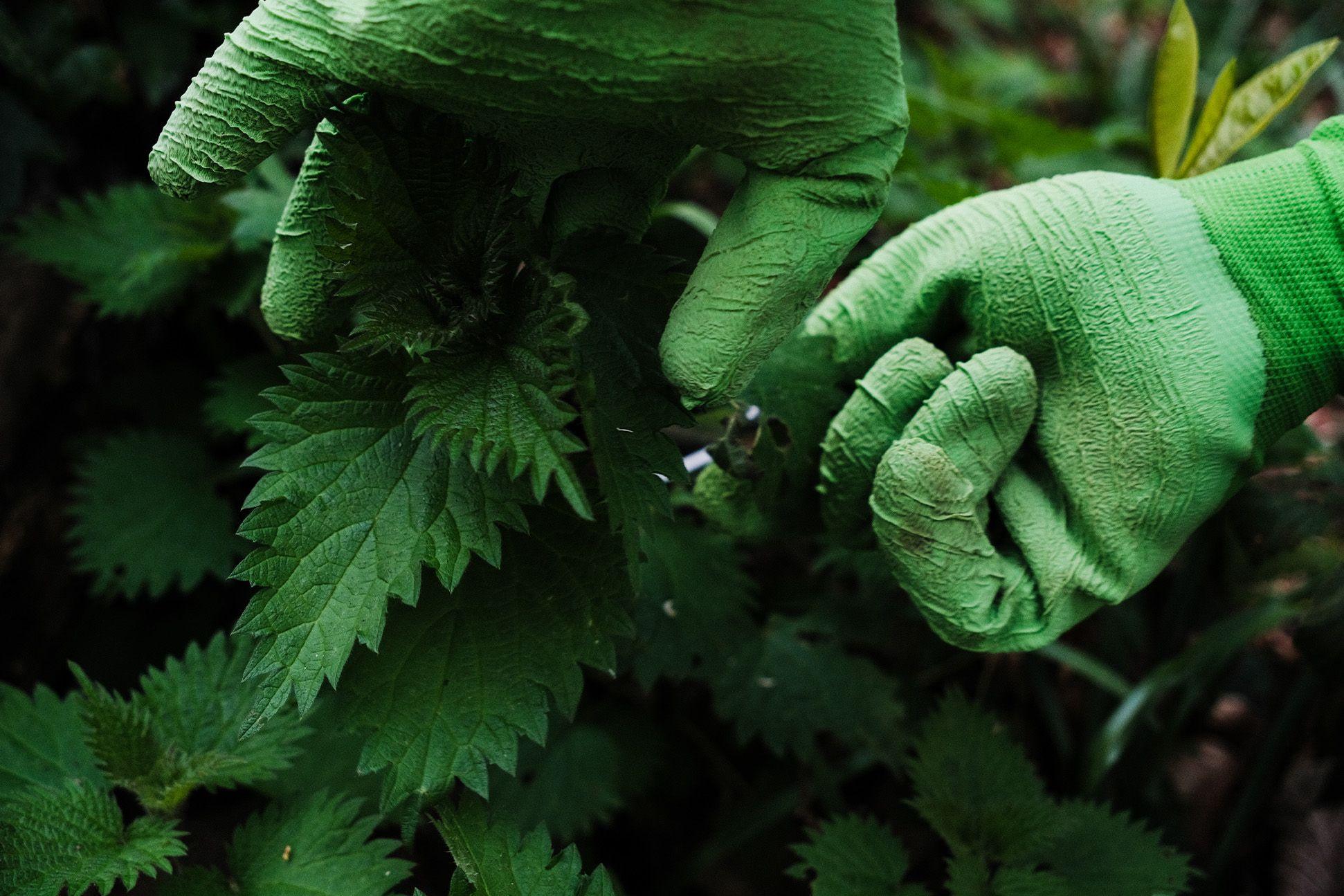
Making a meal of it
Once you have your bag of fresh stingers, it’s time to head home and get cooking. There’s every chance that if you’ve gone out on a walk, you might be distracted by a pub on the way home as I was, thankfully I can reveal that if you leave nettles in a bag overnight, you won’t lose the flavour, so if you need to forage the day before you plan to cook, it’s not too much of a loss.
Once you get to the prep stage of it, you need to first wash the nettles. Which shouldn’t be too much of a hard ask, as no one wants to eat a ladybird, or nettles freshly seasoned by a dog… So just chuck them in a sink and give them a good swirl around for a few minutes until you’re satisfied.
The next step is blanching your nettles. As you obviously can’t ingest them as is, blanching softens the spines that cause the stinging effect, and it has a similar effect to blanching other vegetables. Bonus points here if you save the water, as you basically have nettle tea.
After sautéing, you can go directly to cooking, but you are also able to refrigerate or freeze the blanched nettles for another occasion. In my case, I blanched the entire amount, and left the unused nettles in the fridge for my meals later in the day. This process of washing and blanching took a little longer than expected, around 10-15 minutes in all.
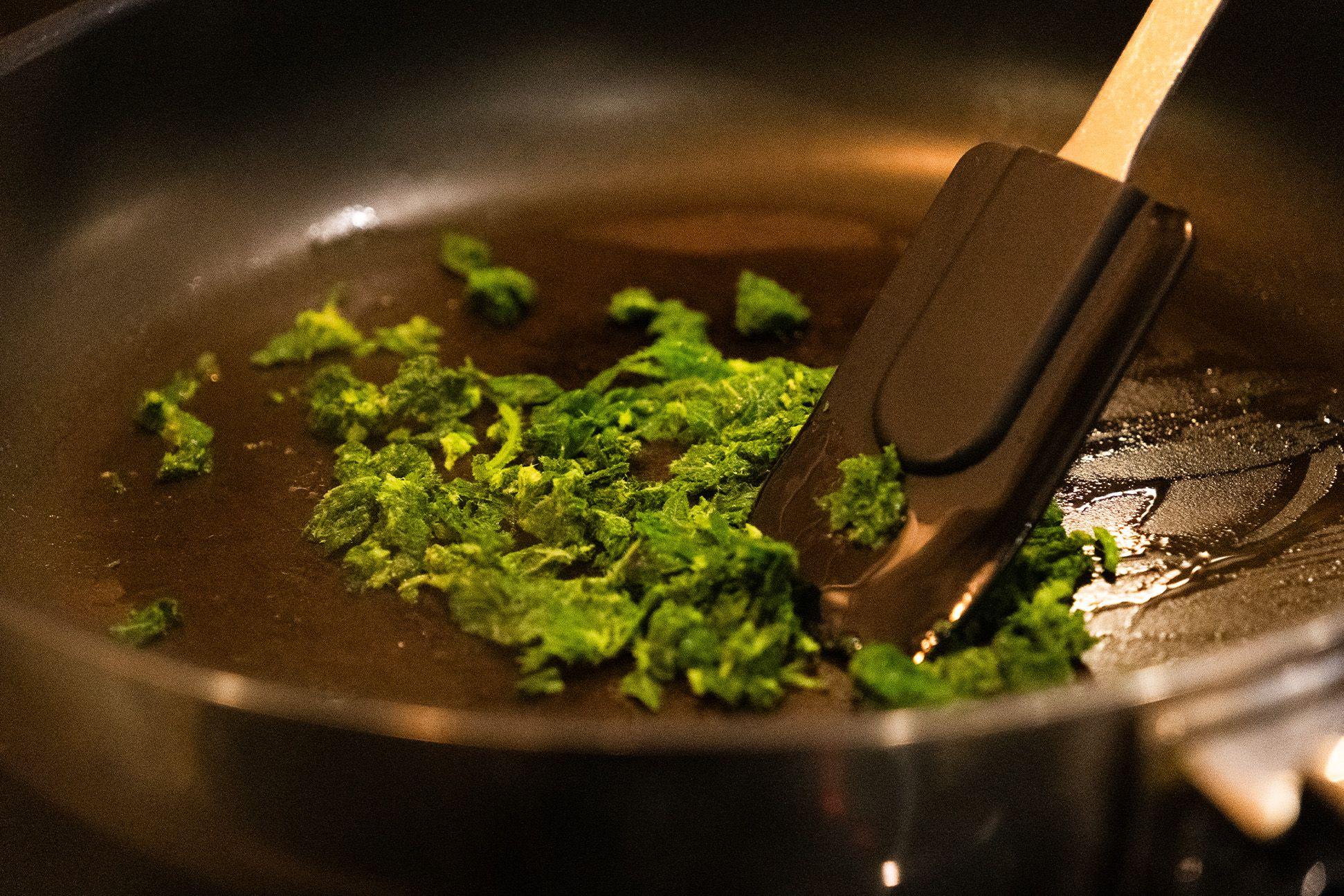
Chowing down
For breakfast, I went for cheese scones, keen to get a little protein to start the day right, and more than a little nervous about the flavour. They smell quite strong during blanching, and you’re suddenly struck by how much the smell of nettles makes up your idea of a fresh summer’s day. There the smell was all along, amongst the flowers and warm wood.
The verdict? Ok, so far. They taste earthy – people suggest it’s similar to spinach, and they’re not wrong, it’s a little fresher, and grassier. For breakfast? Not my favourite, I will admit. If it’s to topple wild garlic’s place on the foraging throne, this prickly character has a lot of work to do. Especially when the texture’s a little grittier than you might hope for the first meal of the day.
Next, lunch. How could you go wrong with a frittata? Bright side here, is that a frittata is a fairly low effort meal, and an easy way to incorporate the nettles. Top tip for this meal would be to cut up the nettles a little finer than I did. They don’t soften as much as you would expect but impart a fairly strong savoury flavour to the food that adds depth, especially when the red pepper handles the sweetness. Ideally, add other ingredients to make the most of this one. Some red pepper, cheese perhaps, and your other favourite egg ingredients for good measure. With a more balanced set of ingredients, I could imagine this frittata being a nice addition to a spread.
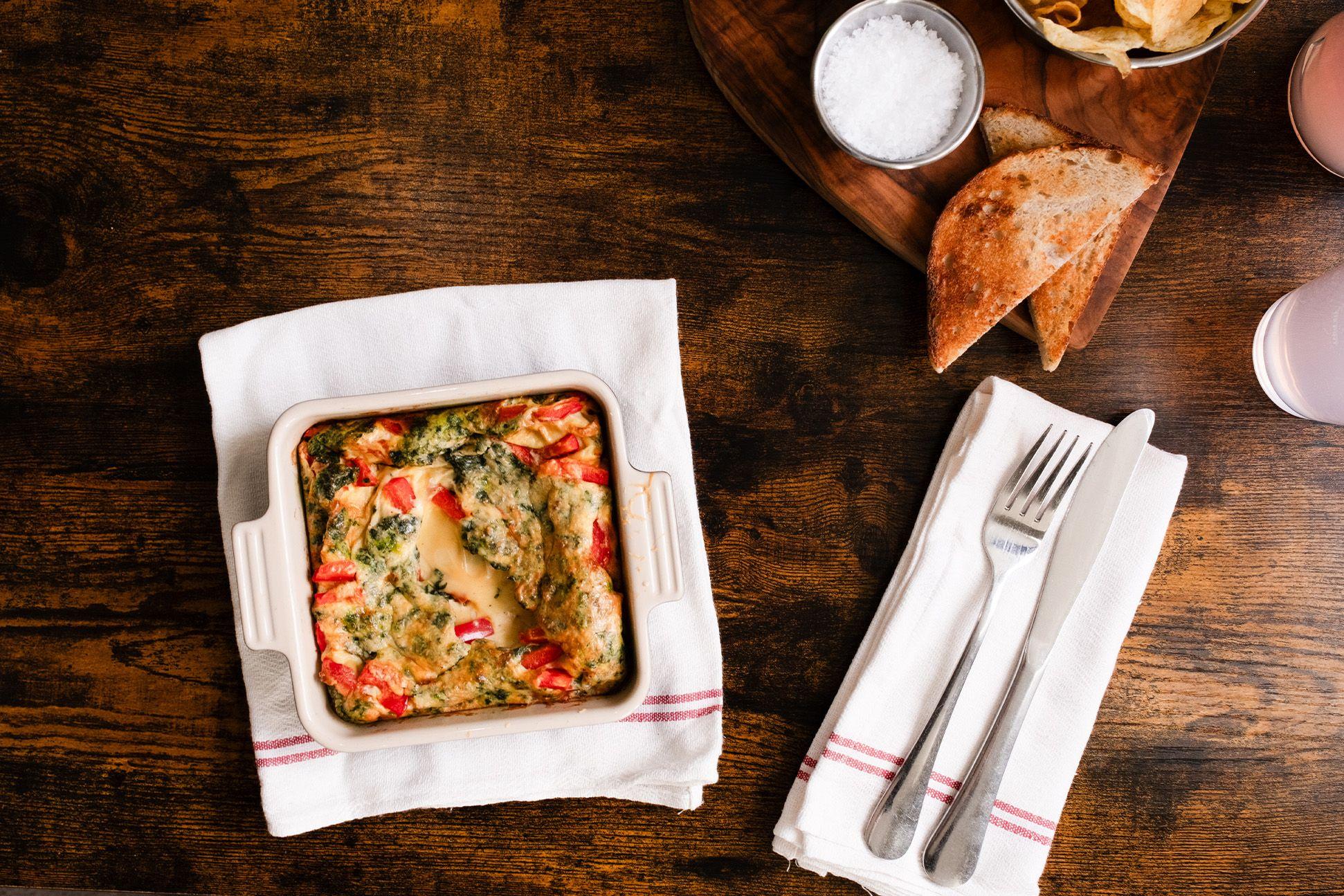
And dinner? Surprisingly successful. I went for a parsley and nettle sauce, using a recipe that called for spinach. This time, the nettles actually had a chance to shine. With dinner there’s a call for something a little more complex, more adventurous, more exciting. It’s a really pleasing, strong green colour and the nettles imparted an earthy, vegetal flavour, and worked pretty well in a sauce. And, had I not already eaten two other nettle-based meals that day, well, I might’ve even enjoyed it a little more. Improvements? You can never go wrong with a squeeze of lemon, and some fresh mozzarella, or stirred in burrata.
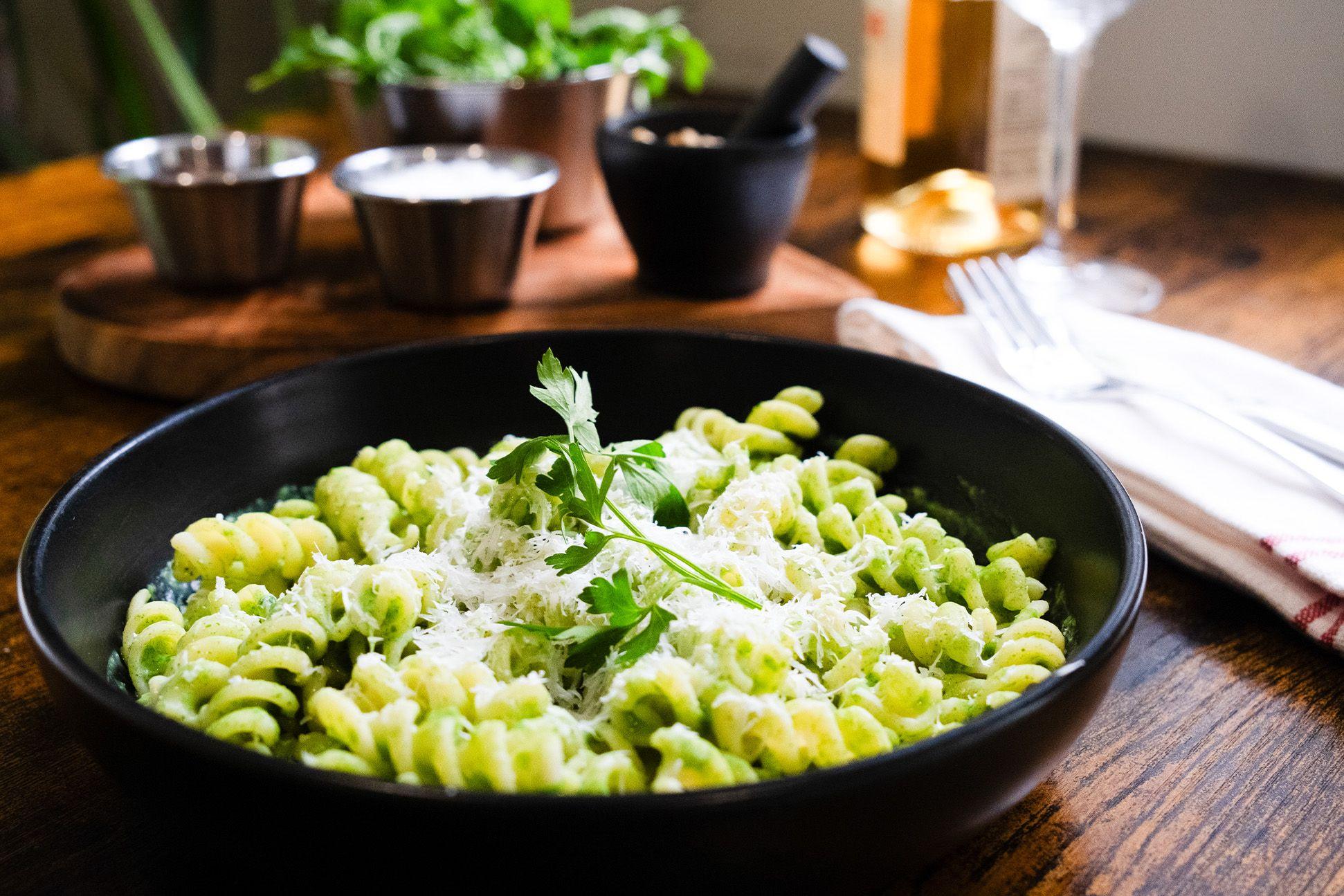
The verdict
The takeaway here? Nettles surprised me. Whilst I can’t advocate them for breakfast, they were a welcome addition to lunch and dinner. I thought the novelty of them would outweigh the actual uses.
But. Nettles are common, grow in abundance, and almost no one will be complaining that you’re getting rid of them. They also have incredible benefits like being high in vitamins, minerals, anti-cancer and anti-inflammatory chemicals – even amino acids and protein.
Ultimately, this isn’t really why we choose food. It’s whether it’s delicious, easy to use, and easy to get. And given that you can find them pretty much everywhere, well I’m surprised they’re not used more often. I expected something strongly grassy, and bitter, but the flavour is pretty familiar on the palate, and not as alien as you’d expect for something you can’t find in the supermarket. Those that indulge in leafy greens won’t find any surprises in taste here, nor do I think dinner guests would even notice the addition to certain dishes, given how much softer the flavour is compared to say, cavolo nero.
It’s worth noting that nettles aren’t for everyone, but neither is kale. And it’s probably not a good idea to eat them en masse for a day, so do check if they’re for you. But for those looking to try their hand at foraging, nettles are an easy way to get into it, a surprisingly versatile ingredient and easy way to create something unconventional and actually quite tasty.
As simple as the exercise was, there’s something to going to find your own ingredients, knowing the provenance, discarding the off colour and sub-standard, in favour of the brightest and freshest. Your very own field to fork exercise, that’ll have you shouting ‘yes chef’ at your partner before you know it. And whilst my hand might’ve been forced, and this may have been the first time I’ve foraged nettles, it certainly won’t be the last.



